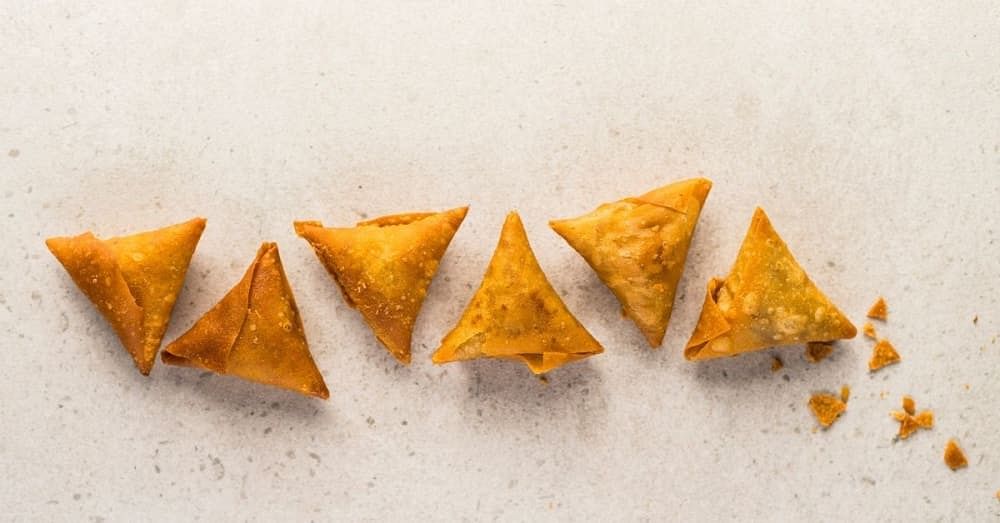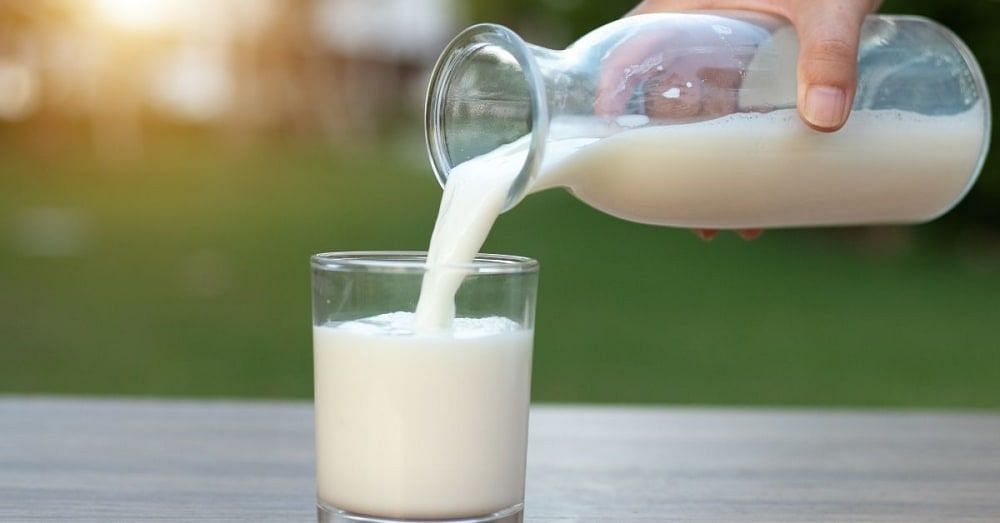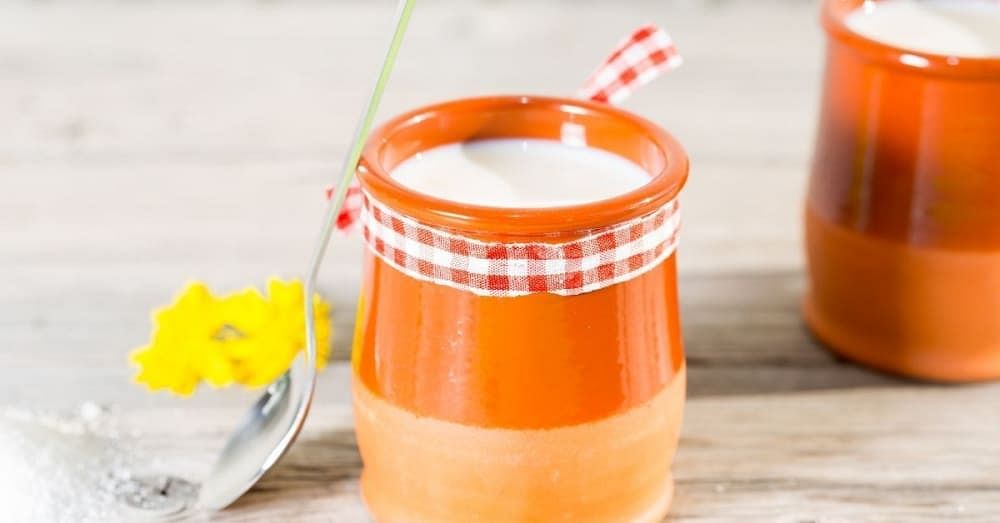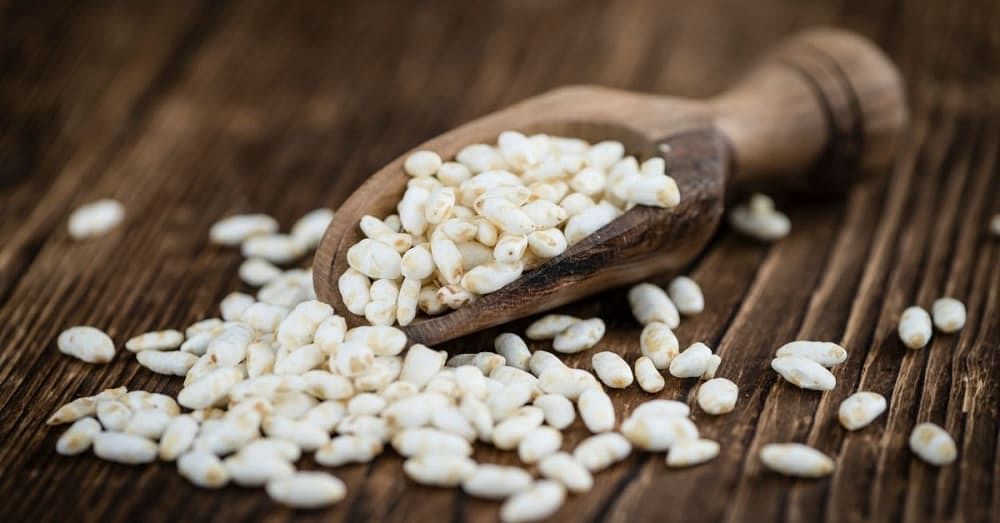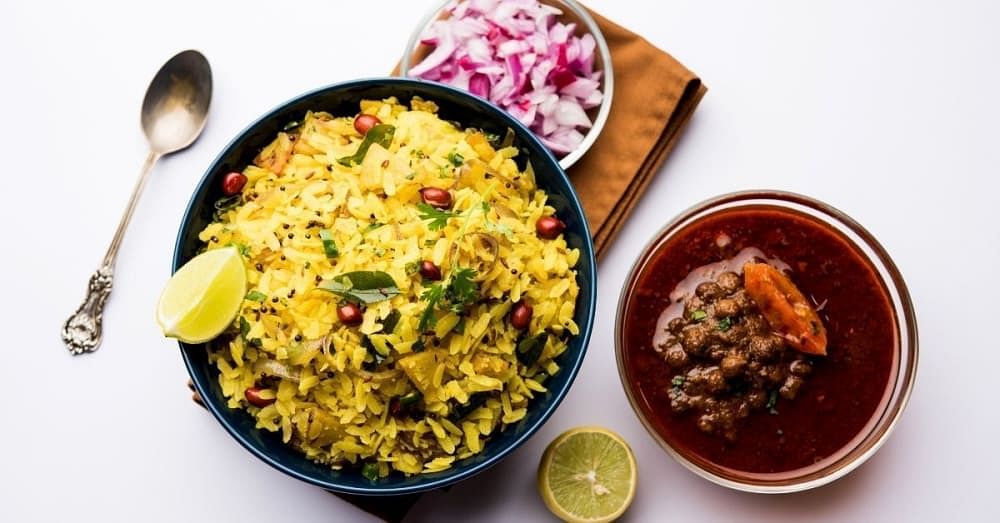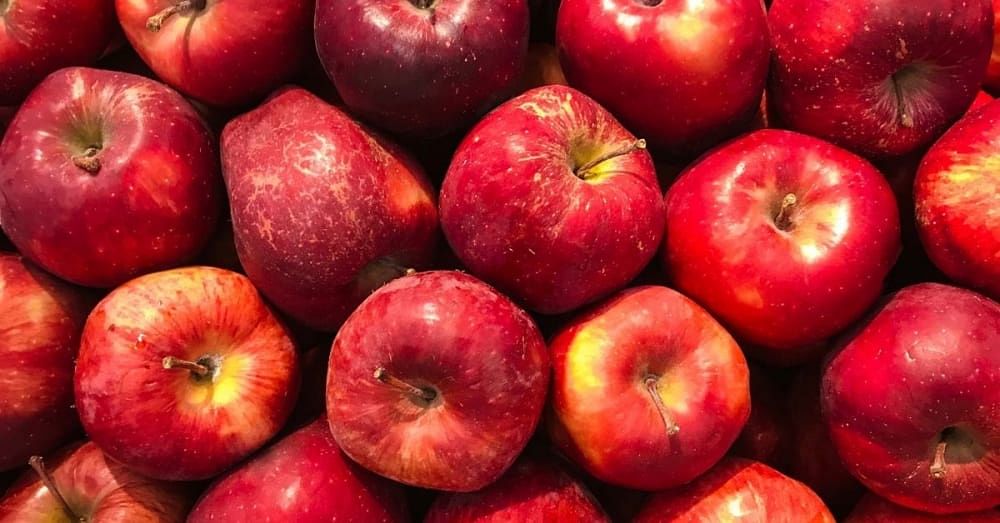Samosa - India's most popular snack - tastes best with tamarind chutney and green chutney. It's a delightful tea-time snack and serves as a perfect treat for small occasions. As appetizing as a samosa can be, it might be the culprit behind your fitness goals moving farther away. This article will explore the number of calories in samosas.
How Many Calories Are in One Samosa?
Originating from Central Asia and the Middle East, samosas have evolved into famous worldwide snacks. Traditionally, this cone-shaped pastry dish is stuffed with savory ingredients. Fried or baked, these could be prepared however you choose. The fillings used in samosa can either be vegetarian or non-vegetarian.
But the million-dollar question is, how many calories are in one samosa? Studies have shown that 1 samosa calories add up to 262 calories.
Sources give the following nutritional information:
Just like samosa, samosa pav is another beloved modification of this Indian snack. To know the number of 1 samosa pav calories, see the nutrition chart below:
Is Samosa Healthy?
Samosa isn’t prepared with the healthiest of recipes. 1 samosa calories are enough to give your fitness a run for its money. Deep-fried samosas and potato stuffing do not make for nutritious eating and only add to the calories in one samosa. Calories in 2 samosa amount to a total of 616 calories, which isn’t the healthiest amount of calories.
Oil absorption from deep-frying increases fat levels. Studies suggest that when oil is used repeatedly for deep frying, it surpasses its smoking point, resulting in blue smoke that is harmful to health. Besides causing inflammation in the body, it also suppresses the fat-burning process. Cells get inflamed when they aren't functioning properly, resulting in diseases such as heart disease, cardiovascular disease, diabetes, Parkinson’s disease, Alzheimer's disease, and cancer. Arteries can become inflamed, resulting in heart attacks.
Instead of gorging on samosas, you opt for healthier snacks like chana dal pancakes or multigrain chakli. Apart from being delicious, they are much lower on the calorie count, i.e., chana dal pancakes packed with 75 calories and multigrain chakli standing at 14 calories.

Is Samosa Good for Weight Loss?
No, samosa is not good for weight loss. The ingredients in samosas are high in calories and carbohydrates, making them a bad choice when losing weight. They are then fried in oil, which increases the fat content of this dish. Nevertheless, even though samosas are not the best diet food, you can still eat samosas when trying to reach your ideal physique!
How to make your samosa healthier?
Follow these steps to make samosas healthier:
- Baking or air-frying the samosa is healthier than frying it and adding unnecessary oil.
- Don't add extra oil to the filling when preparing it. Instead of using vegetable oil, use olive or sunflower oil if you opt for frying.
- Add semolina and whole-grain flour to the dough to make the samosa fibrous.
- The filling will be more wholesome if you add vegetables like mushrooms, peas, and onions, along with the ubiquitous potato.
These steps can reduce 1 samosa calories by leaps and bounds.
Is Samosa Good for Gym?
You cannot achieve your fitness goals by starving yourself before a workout, which is the biggest blunder any fitness enthusiast could commit. Maintaining blood glucose levels is very important by eating and drinking before working out.
And no, samosa is not the ideal workout snack. Fatty and greasy foods like pakoras, samosa, fries, and burgers contain saturated fats, which are hard to digest and make you uneasy when working out. Furthermore, they can cause bloating and cramps during your workout.
A healthy snack before a workout can benefit you in more ways than you would think. The key is to adapt your diet based on your own personal preference. Choose a diet that is most suitable for you. You might benefit from eating or drinking something carbohydrate-rich during your workout. Consider these snacks:
- An energy bar
- A banana, an apple or other fresh fruit
- Yoghurt
- A fruit smoothie
- A whole-grain bagel or crackers
- A low-fat granola bar
- A peanut butter sandwich
- Sports drink or diluted juice

How to Make Samosa?
You can get samosas almost anywhere, from streetside shops to five-star hotels. Nevertheless, many Indians prefer the streetside samosas. Unfortunately, they are frequently prepared in unsanitary conditions. Roadside samosas may sometimes upset the stomach because they are filled with trans fats and unhealthy stuffing.
However, making this tasty snack at home is a safer alternative. If you follow this easy step-by-step recipe, you will be able to make samosas at home in no time.
Ingredients
- 2 cup all-purpose flour
- 1 teaspoon cumin seeds
- 1 teaspoon crushed ginger
- 1 teaspoon raisins
- 5 boiled potato
- 1 teaspoon coriander powder
- 1 teaspoon red chili powder
- 1 teaspoon kasoori methi leaves
- 1 teaspoon carom seeds
- 1/4 cup water
- 2 cup refined oil
- 1/2 teaspoon coriander seeds
- 1 teaspoon green chili
- 1 teaspoon cashews
- 1 teaspoon cumin powder
- 1/2 teaspoon garam masala powder
- salt as required
- 1 teaspoon coriander leaves
- 2 tablespoon ghee
- 1 handful of raw peanuts
Procedure
- Start by making the filling for samosas. Add 2 tbsp oil to a pan on medium heat. Add the cumin seeds to the hot oil once it has reached the desired temperature.
- Next, add whole coriander seeds, ginger, and green chili. Cook for a minute before adding chopped cashews and raisins, peanuts if you like, boiled and mashed potatoes, cumin powder, coriander powder, garam masala powder, red chili powder, salt to taste, Kasoori methi leaves, and coriander leaves. Cook for 2 minutes while mixing well.
- Mix all-purpose flour, carom seeds, and salt in a mixing bowl to prepare the dough. After mixing, add ghee and knead by adding a little water at a time. The water should be added gradually to form a firm dough. Samosas made from the soft dough will not be crispy. A damp cloth should be placed over the dough during this time.
- Once you have rolled out the dough, cut it into small balls. With your hands, flatten them further, and then roll them with a rolling pin. Slice them in half. Once you've dipped your hands in water, fold the semicircle to make a cone.
- Fill the cone with the filling using a spoon. With your fingers, seal the edges properly. Afterwards, heat oil in a saucepan and deep fry the samosas until golden brown and crispy. Pair with tomato ketchup and green chutney.
Summing Up on Calories in Samosa
One way to control the whopping amount of calories in samosas is to make them yourself. In this way, the nutritional value and calorie count can be controlled.
Indians love samosas. Served with chutney, this snack can quell cravings within minutes. Gorging on your favourite snack once in a while is alright. You don’t need to avoid it because you should be fine as long as you eat it in moderation.

